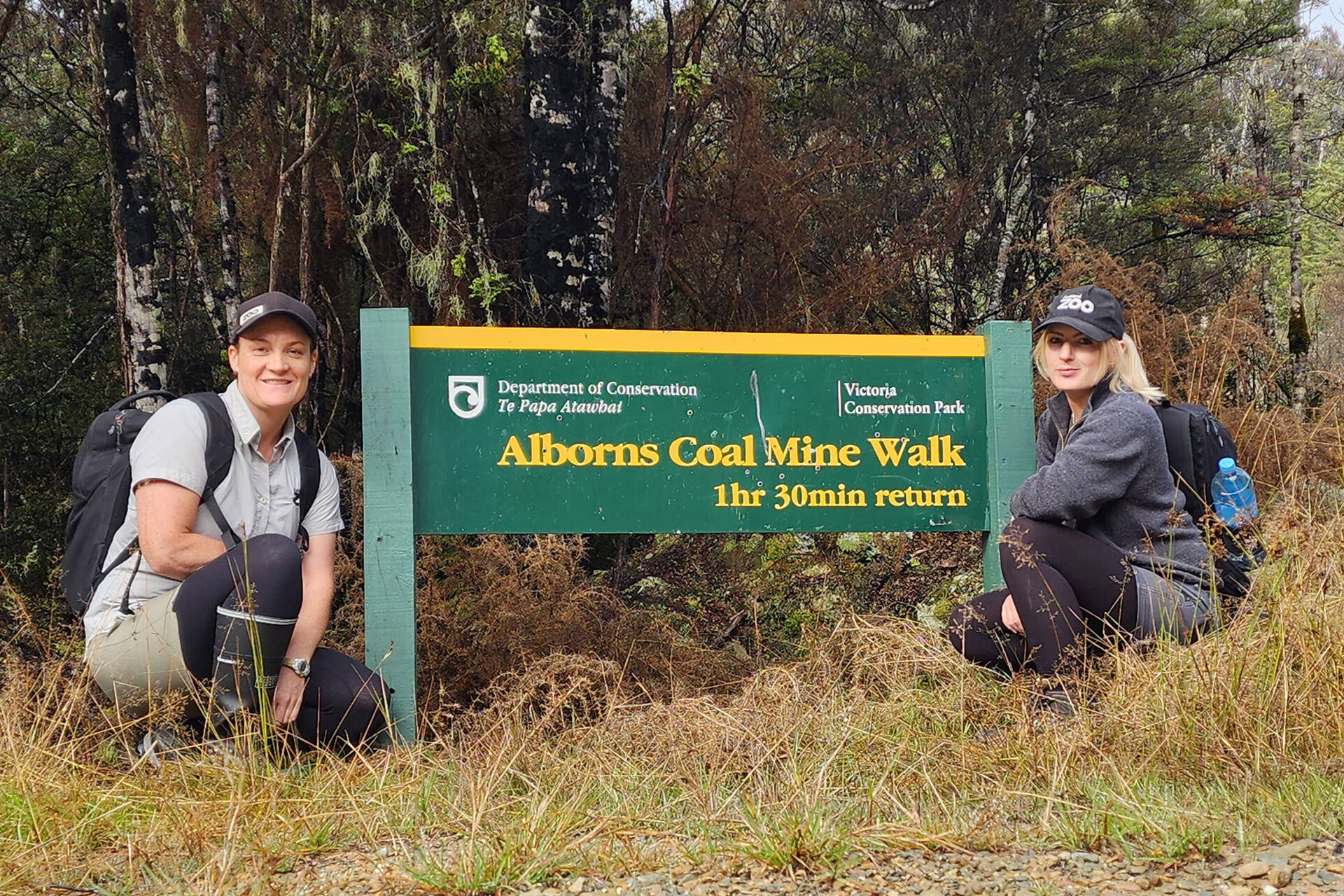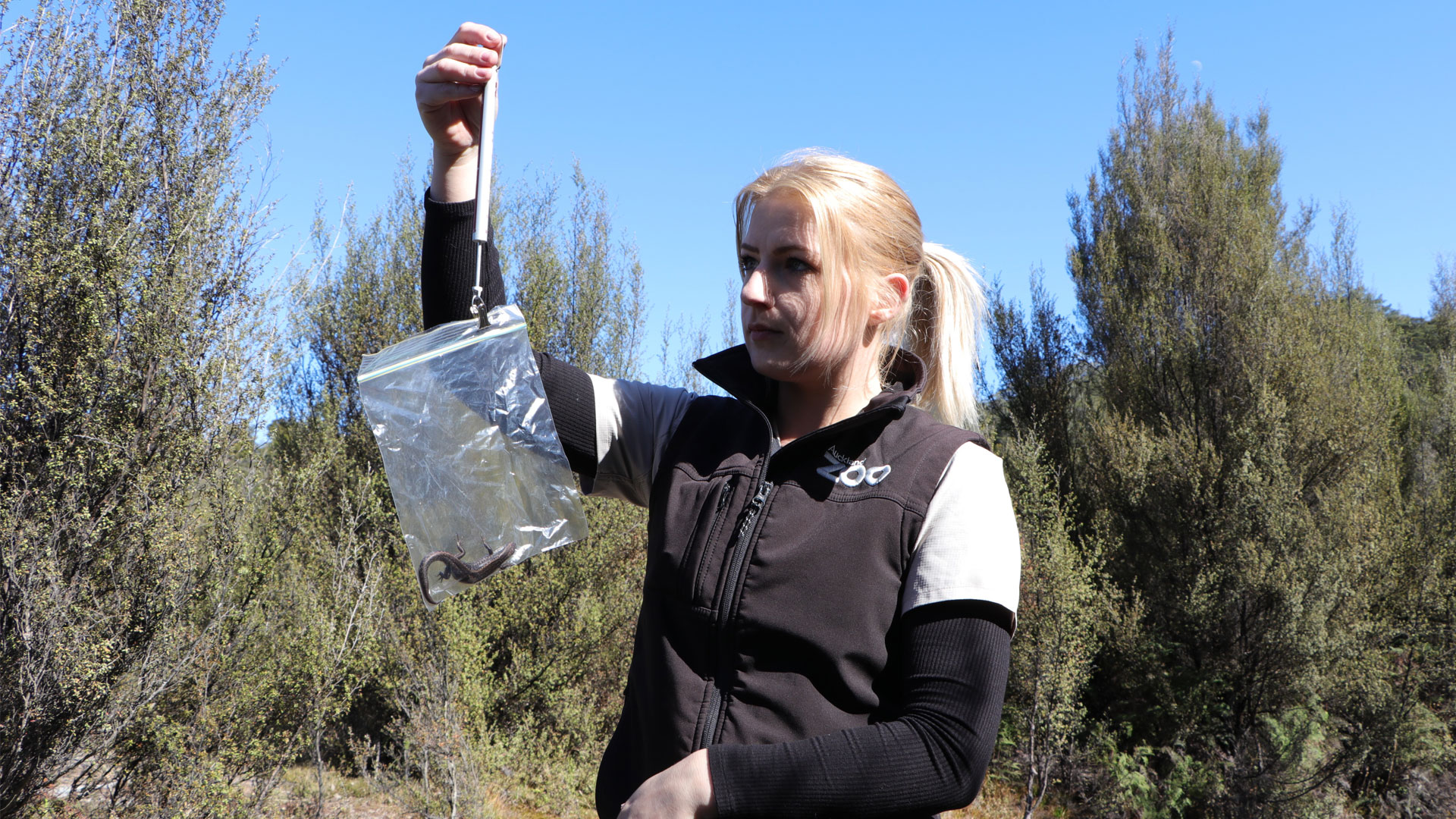Auckland Zoo Senior ectotherm keeper Sonja Murray - an animal lover with an aptitude and passion for maths and biology, grew up on a lifestyle block in the Wairarapa with a variety of farm animals, cats, dogs, fish, and bird species.
By aged 12 she was eagerly volunteering at Napier’s Marineland - helping with the rehabilitation of injured marine mammals and sea and shore birds. By aged 16, her reputation for reliability and hard work had earned her a full-time role there as a keeper and trainer.
“My Opa (grandfather) was a zookeeper in Amsterdam and then Wellington Zoo, and he also was a lead taxidermist at Te Papa, so a love and fascination for animals is definitely in my blood!” says Sonja, who has worked as an ectotherm keeper here at the Zoo for the past six years. (Sonja has also completed the tertiary animal management qualification; The National Certificate of Animal Management – Zoo Keeping).
“Ectothermic (cold-blooded) species are incredibly sensitive. They rely on their external environment to regulate many of their biological functions, so their husbandry and care, including creating just the right climatic conditions and habitats for them, is quite complex.
“It’s challenging and interesting, and I have the privilege of working with such an incredible diversity of species - from reptiles like Galapagos tortoises and many of our unique endemic skinks and geckos, to amphibians, fishes and invertebrates.”






